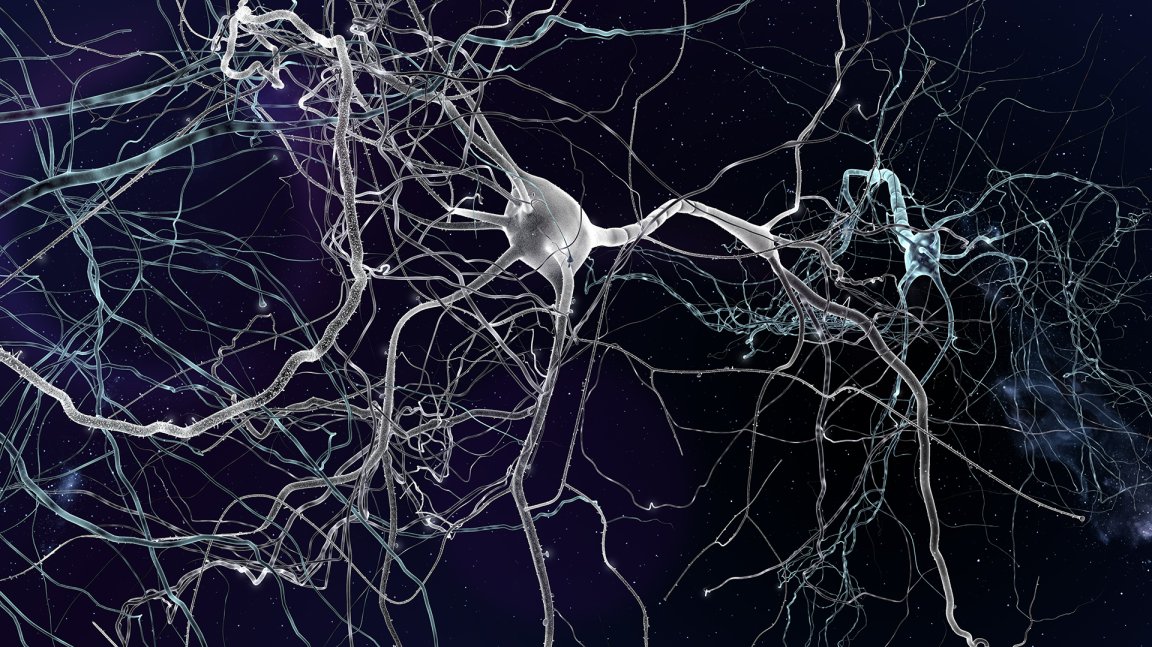
New Neurons
Mapping exactly how the human brain functions is, perhaps, the most promising step when it comes to transforming how humans operate on a fundamental level. Mapping how the brain works down to the molecular level could help us find new ways to combat neurological and even allow us to enhance human intelligence. Already, a host of innovators are working to develop technology that intertwines with the brain to enhance its functionality; however, before we can deploy such technologies, we need to fully understand how the brain works.
And we just got a little bit closer. Today, a team of researchers from the Salk Institute and the University of California San Diego announced that they have made a major discovery that could aid us in this effort. Through a relatively new process, the scientists were able to discover new types of brain cells.
According to the co-senior author, Joseph Ecker, professor and director of Salk’s Genomic Analysis Laboratory and an investigator of the Howard Hughes Medical Institute, “Decades ago, neurons were identified by their shape. Now we are taking a molecular approach by looking at this modification of the methylation profile between cells and that tells us what type of cell it is pretty accurately.”
In short, sequencing the molecular structure of neurons that look the same under a microscope, we can begin to sort them into subgroups to give a better understanding of each subgroup’s functionality. “We think it’s pretty striking that we can tease apart a brain into individual cells, sequence their methylomes, and identify many new cell types along with their gene regulatory elements, the genetic switches that make these neurons distinct from each other,” Ecker notes.
Making the List
This research will allow scientists to get a complete “parts list” of each neuron and its function. According to Chonguan Luo, a Salk research associate, and co-first author of the research paper, such mapping will open a host of new doors: “There are hundreds, if not thousands, of types of brain cells that have different functions and behaviors and it’s important to know what all these types are to understand how the brain works.”
As previously mentioned, these findings could have a profound impact on how we study and treat neurological disorders. Ecker’s next move is to research molecular differences in the brains of healthy subjects versus those with brain disease. “If there’s a defect in just one percent of cells, we should be able to see it with this method,” he says. “Until now, we would have had no chance of picking something up in that small a percentage of cells.”
Researchers will be able to pin point the exact cell types that may be responsible for a particular disease. With that knowledge, future research would be able to focus on correcting that abnormality. “…we can develop, from this information, new tools to be able to study particular cell populations once we know they exist,” says Ecker.
Understanding the brain on this minute of a level will certainly open up a wide range of possibility for the future of treating disease, as well as preparing us for a new level of bionic integration.